Ever wondered what happens when tea bags are added to your fish tank?
G'Day Legends! Ever thought about adding tea to your aquarium? This blog explores the fascinating results of putting tea bags in my aquarium for three weeks, revealing the surprising benefits of creating a 'Tea Aquarium'.
Table of Contents
- Why Tea?
- Choosing a Species
- Dwarf Spotted Dan
- Ember Tetra
- Burmese Raminno
- Test Strips
- Conclusion
- FAQs
Why Tea?
Tea isn't just a comforting drink; it can also enhance your aquarium's environment. The introduction of tea bags can mimic the natural conditions found in blackwater habitats. Blackwater is often rich in tannins, which are organic compounds that leach from decomposing leaves and other plant materials. These tannins provide numerous benefits for aquatic life.
When you add tea to your tank, you're essentially replicating these natural conditions. The darkening of the water not only gives a more aesthetic appeal but also creates a safer environment for your fish. Tannins have antifungal and antibacterial properties, potentially reducing the risk of disease.

Pros and Cons
Before diving headfirst into the world of tea aquariums, it's crucial to weigh the pros and cons. Here’s a quick breakdown:
| Pros | Cons |
|---|---|
|
|

Choosing a Species
Not all fish species will benefit from a tea aquarium. It’s essential to select species that thrive in softer, acidic water. Here are a few to consider:
- Chili Rasboras: These small, vibrant fish love the tannic environment and display stunning colours.
- Dwarf Spotted Danios: A shy species that may become more confident in darker water.
- Ember Tetras: Known for their bright orange hue, they also thrive in blackwater conditions.
- Burmese Rummy Nose: These fish show remarkable colouration in tannic water, making them a great addition.

Dwarf Spotted Danio
The Dwarf Spotted Danio is a lesser-known but fascinating species. These fish are small and often shy, preferring to hide when they feel threatened. However, the introduction of tea can help them feel more secure and confident in their environment.
In my experience, these fish started to exhibit more vibrant behaviour with the darker water. They showed a noticeable increase in activity levels, swimming more freely and exploring their surroundings. This change can be attributed to the calming effect of the tannins in the water.
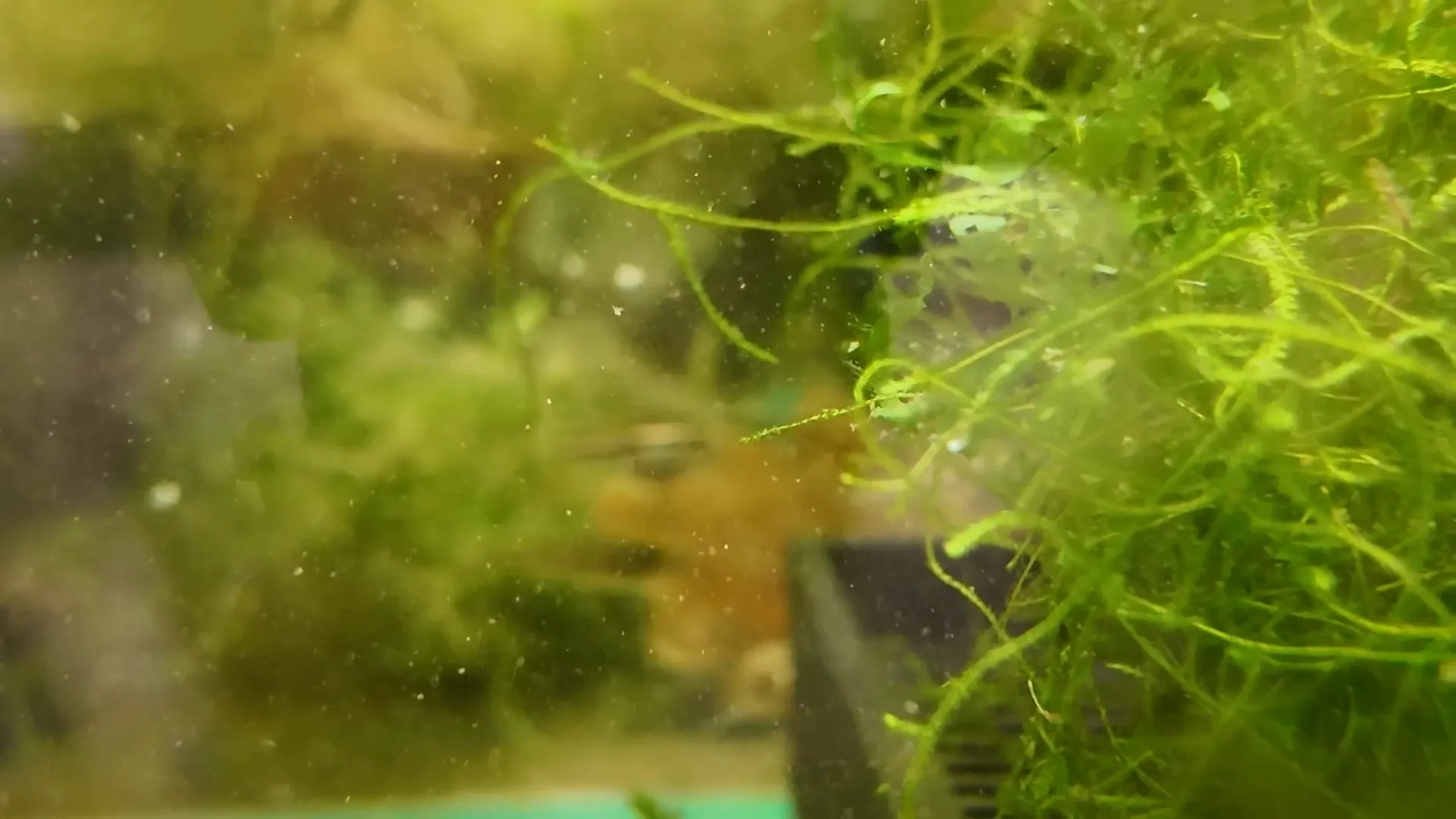
Ember Tetra
Ember Tetras are another fantastic choice for a tea aquarium. These little beauties are not just visually appealing; they also thrive in slightly acidic conditions. When exposed to the tannins from the tea, their colours pop even more, creating a breathtaking display in your tank.
During my experiment, I noticed that the Ember Tetras became more sociable and active. The darker water encouraged them to swim near the front of the tank, showcasing their vibrant orange hues. It’s a simple yet effective way to bring out the best in these fish.
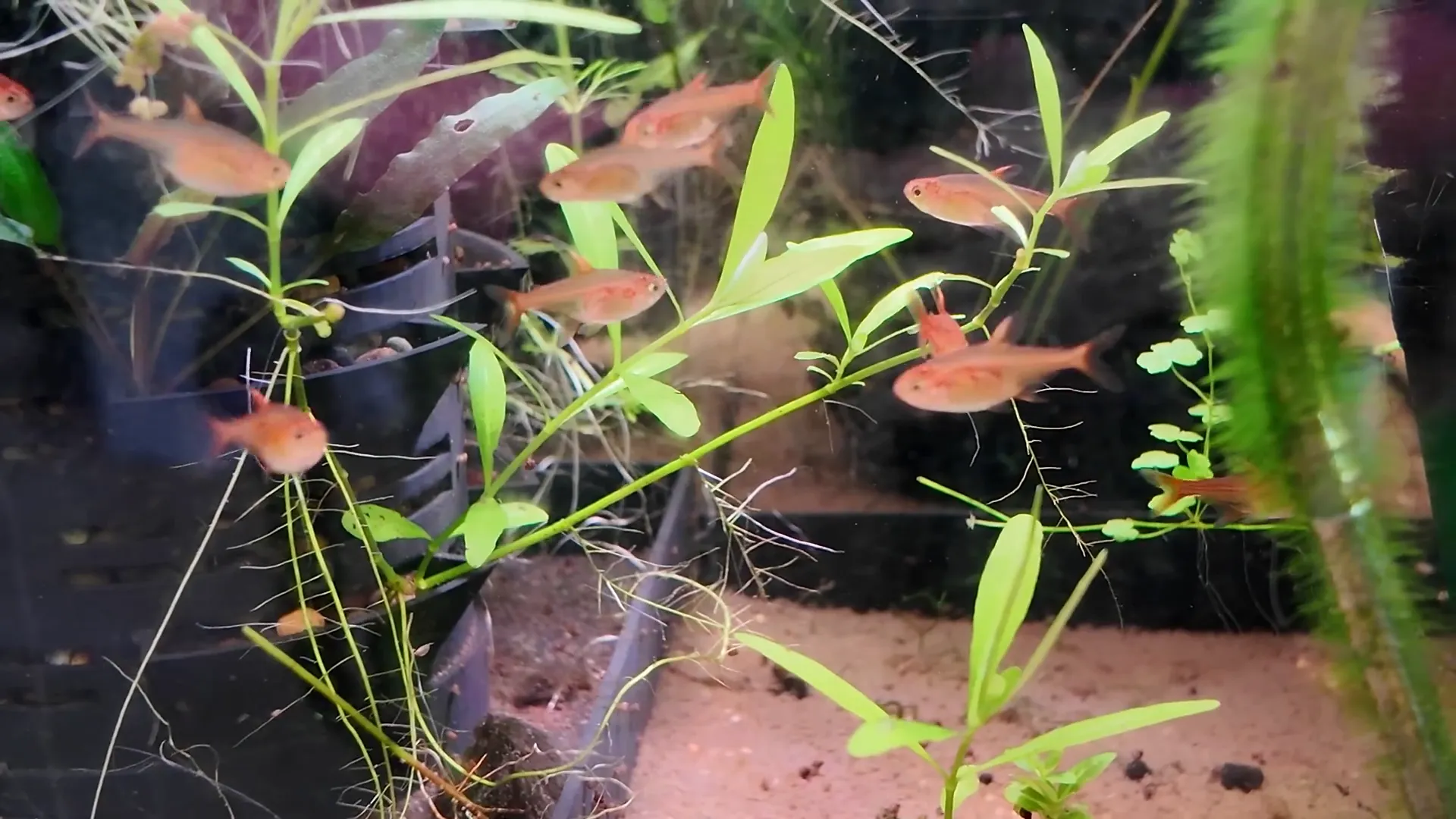
Burmese Raminno
The Burmese Raminno, or Rummy Nose Tetra, is a standout species for the Tea Aquarium. These fish are known for their striking red noses and vibrant bodies, which truly shine in a tannic environment. When I introduced tea bags into their tank, the transformation was remarkable.
These fish became more active and displayed their vibrant colours more prominently. The darker water provided them a sense of security, encouraging them to swim confidently throughout the tank. Observing their behaviour, it was clear that the tannins positively impacted their health and well-being.
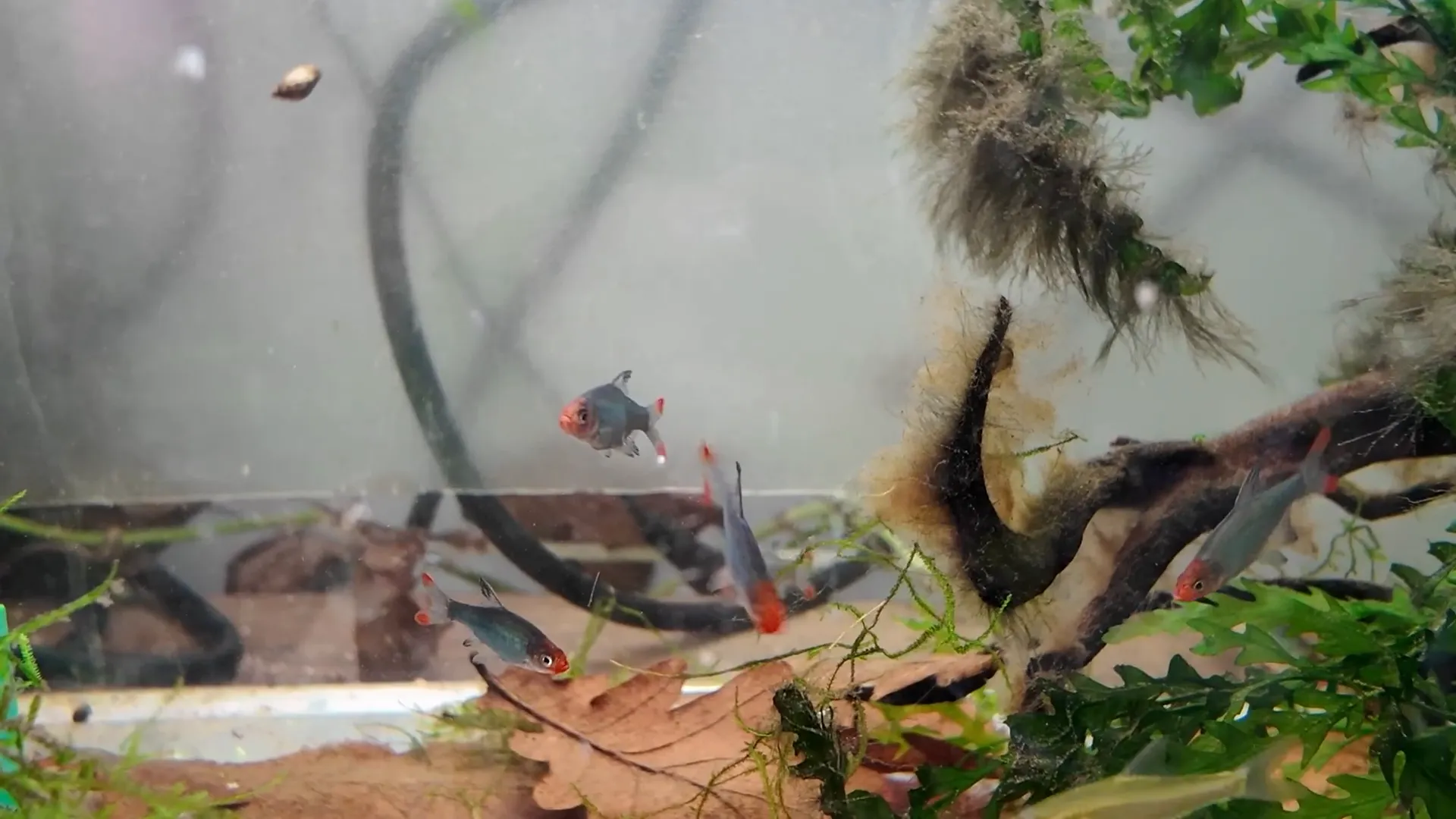
Test Strips
Monitoring water quality is essential in any aquarium, especially when introducing new elements like tea bags. I used test strips to measure various parameters in the tanks. The results were interesting and provided insights into how tea affects water chemistry.
For instance, the pH levels dropped slightly from around 7 to 6.5 in the tanks with tea bags. This minor change is significant for soft water fish, which prefer slightly acidic conditions. The test strips also indicated that the KH levels remained stable, meaning the water chemistry was not drastically altered.
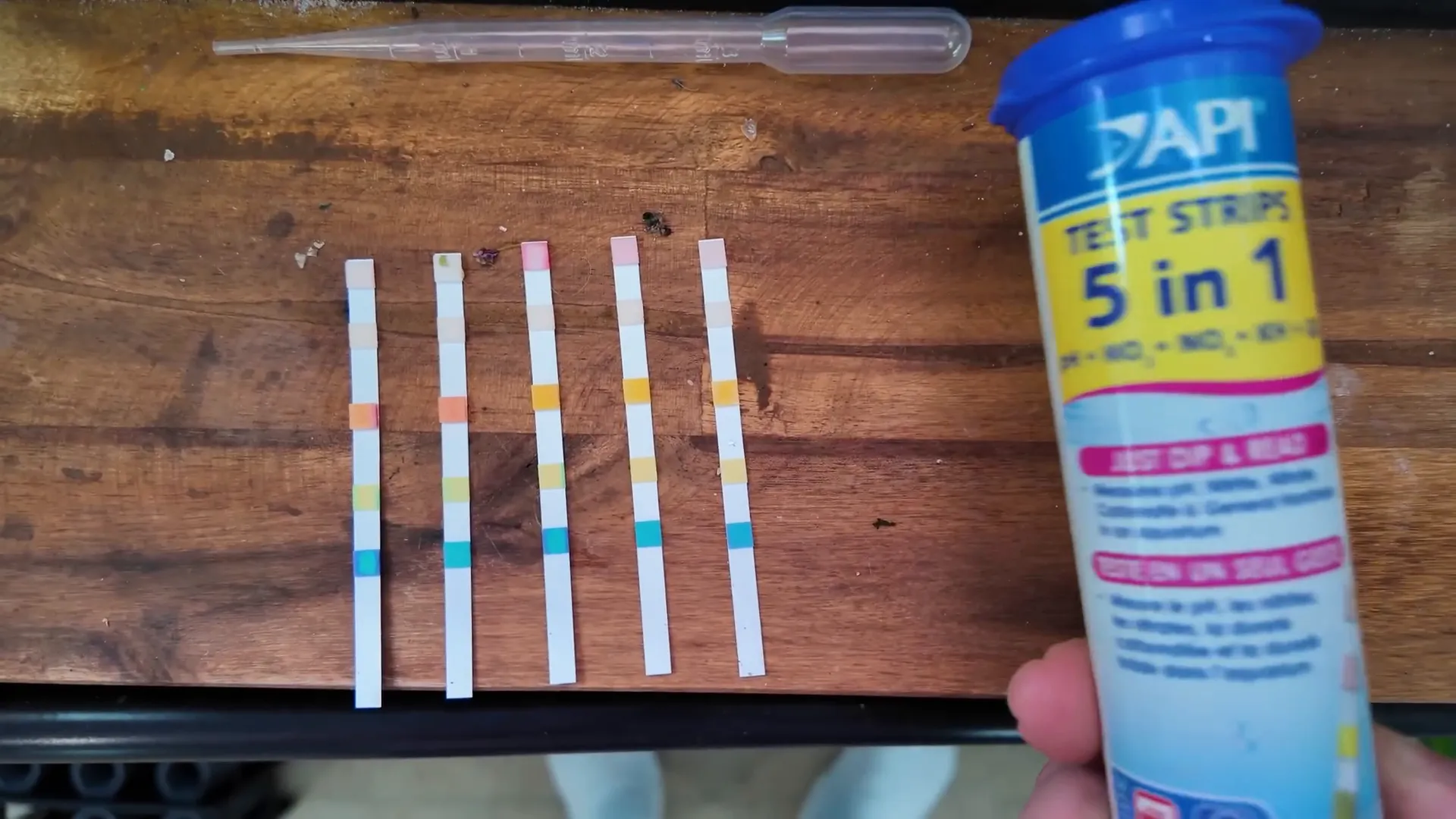
Understanding pH Levels
pH is a crucial factor in maintaining a healthy aquarium. Most freshwater fish, including those in a Tea Aquarium, thrive in slightly acidic to neutral pH levels. The introduction of tea can lower pH, making it more suitable for species that prefer softer water.
During my testing, the pH levels varied between tanks, with the tea-infused tanks showing a consistent drop. This small shift is beneficial for the fish, aligning with the conditions they naturally thrive in. It's a reminder that even minor changes can create a more suitable habitat for aquatic life.
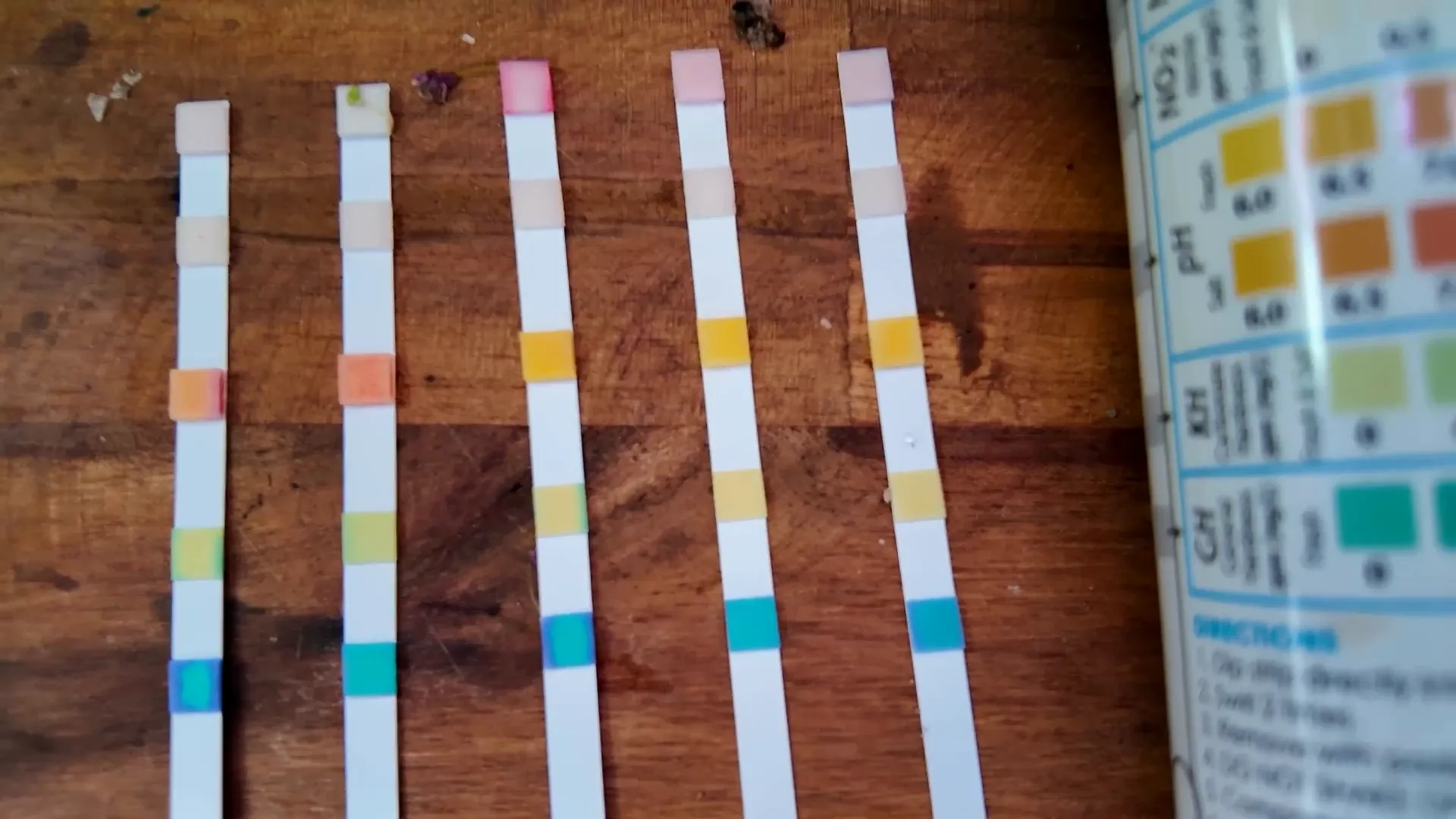
Conclusion
Creating a Tea Aquarium can be a rewarding experience, offering both aesthetic and health benefits for your fish. The introduction of tea bags can enhance the natural environment, mimicking blackwater habitats where many species thrive. From the vibrant colours of the Burmese Raminno to the increased confidence of the Dwarf Spotted Danios, the results have been overwhelmingly positive.
While there are some considerations to keep in mind, such as potential caffeine introduction and slight pH changes, the overall impact seems beneficial. If you're looking for an easy and cost-effective way to enrich your aquarium, adding tea bags may be worth a try.

FAQs
Can I use any type of tea?
It's best to stick with quality black tea. Avoid herbal teas or those with added ingredients, as they may not be suitable for your aquarium.
How many tea bags should I use?
For a 20-litre (5-gallon) tank, one to two tea bags are sufficient. Monitor your water parameters to ensure they remain stable.
Will tea affect all fish species?
Not all fish will thrive in a Tea Aquarium. Choose species that prefer softer, acidic water, like the Ember Tetra or Burmese Raminno.
How often should I change the water?
While I did not perform water changes during my experiment, regular maintenance is essential. Monitor your water quality and change it as needed.
Can I combine tea with other botanicals?
Yes! Combining tea with other natural botanicals can enhance the benefits, but always monitor the water parameters closely.
Source and credits: This article was inspired by the amazing content creator. All credits for the video and images go to them. Visit their channel for more fantastic content.

























